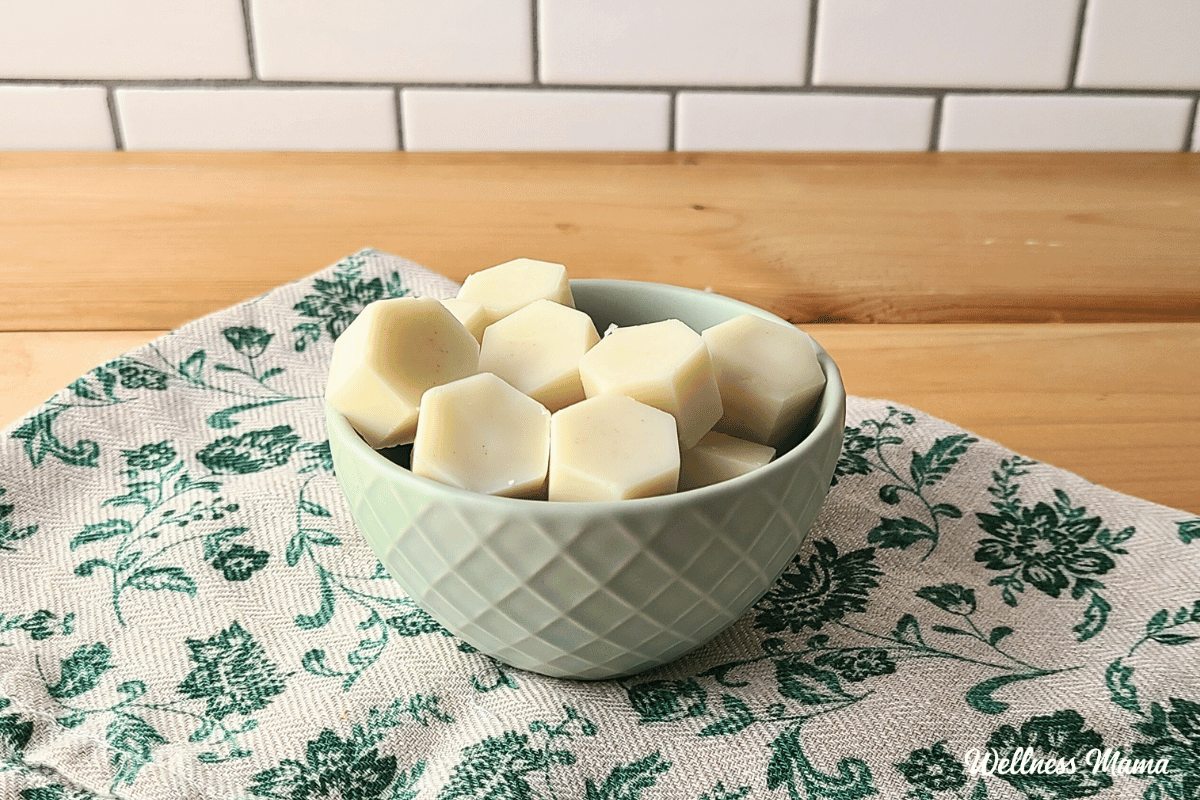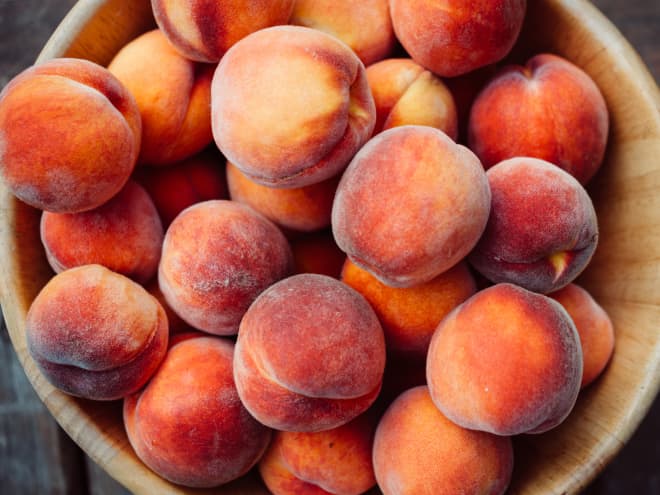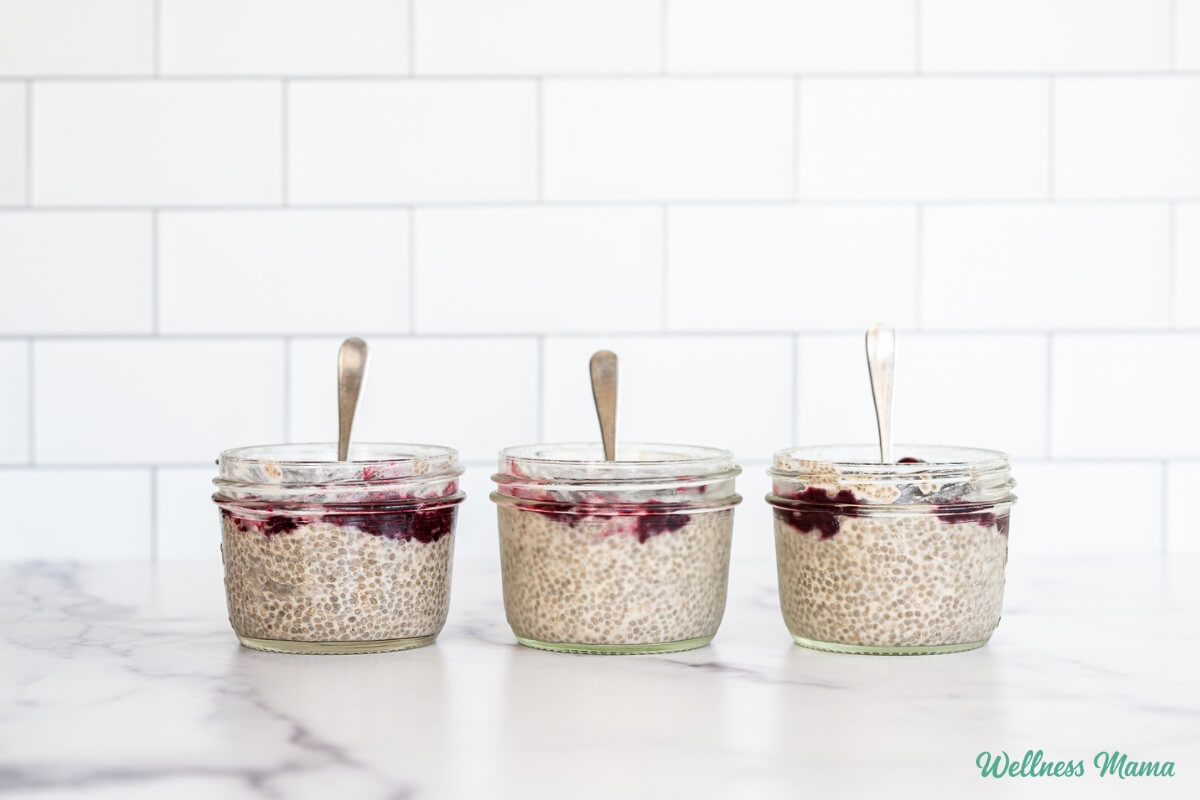Weightloss For Busy People Meal Plans

If you’re a busy individual on the quest for a healthier lifestyle, look no further than the “Weightloss For Busy People Meal Plans.” Designed specifically for those with hectic schedules, these meal plans offer a convenient and effective solution to shed those unwanted pounds. With a variety of delicious and nutritious meals, you can finally achieve your weight loss goals without sacrificing taste or precious time.

Finding the Right Meal Plan
Assessing Your Lifestyle
When it comes to finding the right meal plan for weight loss, it’s crucial to assess your lifestyle and consider your specific needs and preferences. Take into account factors such as your work schedule, dietary restrictions, and cooking abilities. Are you always on the go and need quick and easy meal options? Or do you have more time to dedicate to meal preparation? Understanding your lifestyle will help you choose a meal plan that suits you best.
Determining Your Calorie Needs
Before diving into any meal plan, it’s important to determine your calorie needs. This will help you create a calorie deficit necessary for weight loss. Many online calculators can help you estimate your daily calorie needs based on factors like age, sex, weight, height, and activity level. Remember, the key to successful weight loss is consuming fewer calories than you burn, so finding a meal plan within your calorie range is crucial.
Choosing the Right Macronutrient Ratio
While calorie intake is essential for weight loss, the distribution of macronutrients is equally important. Macronutrients include carbohydrates, proteins, and fats. The ideal macronutrient ratio can vary depending on individual preferences and goals. Some may find success with a low-carb, high-protein approach, while others prefer a balanced intake of all macronutrients. Experimenting with different ratios can help you find the one that works best for your unique needs.
Meal Prep Tips
Plan Your Meals in Advance
One of the most effective ways to stay on track with your meal plan is by planning your meals in advance. Take a few moments at the start of each week to map out your breakfasts, lunches, dinners, and snacks. This way, you can ensure that you have all the necessary ingredients on hand and avoid impulsive, unhealthy food choices.
Batch Cooking
If you find yourself short on time during the week, consider implementing batch cooking into your meal prep routine. By preparing larger portions of meals and dividing them into individual containers, you can have a week’s worth of meals ready to go. This method saves time and ensures you always have a healthy meal option within reach.
Portion Control
Portion control plays a crucial role in weight loss. It’s easy to underestimate portion sizes and unknowingly consume more calories than intended. To avoid this, invest in a kitchen scale or measuring cups to accurately portion your meals and snacks. Additionally, you can use smaller plates and bowls to visually trick yourself into thinking you’re eating more than you actually are.
Breakfast Options
Quick and Easy Breakfasts
Mornings can be hectic, especially for busy individuals. Having quick and easy breakfast options can save you valuable time and prevent you from reaching for unhealthy convenience foods. Opt for options like overnight oats, Greek yogurt with fruit and nuts, or whole-grain toast with avocado or nut butter. These breakfasts can be prepared in a jiffy and provide you with the necessary nutrients to start your day on the right foot.
Make-Ahead Breakfasts
For those who prefer to have breakfast ready to grab and go, make-ahead options are a game-changer. Prepare recipes such as egg muffins, breakfast burritos, or chia seed puddings in advance and keep them in the fridge or freezer. This way, you can simply reheat them in the morning or take them with you on your way out the door.
Protein-Packed Breakfasts
Including protein in your breakfast can help keep you feeling full and satisfied throughout the morning. Protein-packed breakfast options can include dishes like scrambled eggs with veggies, protein smoothies, or Greek yogurt with granola and berries. Adding protein to your breakfast can also help support muscle growth and repair.

Lunch Options
Packable and Portable Lunches
Whether you’re heading to the office, running errands, or simply need a lunch option that you can take with you, packable and portable lunches are essential. Prepare salads in mason jars, create wraps or sandwiches with lean protein and plenty of vegetables, or make a cold pasta or grain-based salad. These options can be easily packed in a lunch bag or cooler, ensuring you always have a healthy meal at your fingertips.
Salads and Wraps
Salads and wraps offer endless possibilities for a nutritious and satisfying lunch. Experiment with different combinations of vegetables, proteins, and dressings to keep things exciting. Try a Mediterranean-inspired salad with mixed greens, olives, feta cheese, and grilled chicken, or wrap up veggies, hummus, and lean turkey in a whole-grain tortilla for a flavorful and filling meal.
Healthy Leftovers
Don’t underestimate the power of leftovers when it comes to lunchtime. Instead of letting leftover dinner go to waste, repurpose it into a delicious and nutritious lunch. Consider cooking extra portions of dinner, and the next day, create a lunch bowl with protein, whole grains, and roasted vegetables, or warm up a homemade soup or stew.
Dinner Options
30-Minute Meals
After a long day, spending hours in the kitchen may not be feasible. That’s where 30-minute meals come in handy. Look for recipes that require minimal cooking time, such as stir-fries, grilled chicken or fish with roasted vegetables, or even simple pasta dishes. These recipes allow you to have a nutritious dinner on the table in no time.
Sheet Pan Dinners
Sheet pan dinners are a busy person’s best friend. With this cooking method, you can place your protein of choice and a variety of vegetables on a sheet pan, season them, and pop them in the oven for an easy and flavorful meal. This technique requires minimal prep and cleanup time, making it a popular choice for those with a busy lifestyle.
One-Pot Meals
If you’re looking for minimal cleanup and a meal that can be prepared in a single pot, one-pot meals are a great option. Whether it’s a hearty chili, a comforting soup, or a flavorful quinoa pilaf, one-pot meals pack a punch in terms of flavor and convenience. These meals can be prepared in a short amount of time, allowing you to sit down and enjoy a satisfying dinner without the added stress of multiple dishes to wash.
Snack Ideas
Healthy Snack Swaps
Snacks are an essential part of any meal plan, but they can easily derail your weight loss efforts if chosen unwisely. Instead of reaching for high-calorie, processed snacks, opt for healthy swaps. For example, replace potato chips with air-popped popcorn, swap candy bars for a piece of fruit or a handful of nuts, or trade sugary energy drinks for infused water or herbal tea.
Pre-Packaged Snacks
Sometimes, pre-packaged snacks are simply more convenient for our busy lives. When choosing pre-packaged options, be sure to read the nutrition labels and ingredients list. Look for snacks that are high in protein and fiber and low in added sugars and unhealthy fats. Some examples of healthier pre-packaged snacks include protein bars, individual portions of nuts or seeds, or Greek yogurt cups.
Homemade Snack Recipes
For those who enjoy spending time in the kitchen, homemade snack recipes can be a fun and creative way to satisfy your cravings. Make a batch of energy balls using oats, nut butter, and dried fruits, create your own trail mix with a variety of nuts, seeds, and dried berries, or bake a batch of homemade granola bars packed with nutritious ingredients. By making your snacks from scratch, you have full control over the ingredients and can tailor them to your taste preferences.
Eating Out Strategies
Eating out can be challenging when trying to stick to a meal plan, but with a little preparation, it’s entirely possible. Before heading to a restaurant, take the time to research the menu online. Look for healthier options such as grilled or baked protein with steamed vegetables, salads with dressing on the side, or whole-grain options instead of refined carbohydrates. By knowing what to expect, you can make smarter choices that align with your weight loss goals.
Making Smart Choices
Once you’re at the restaurant, it’s important to make smart choices when ordering. Opt for lean proteins like chicken, fish, or tofu, choose grilled or roasted options instead of fried, and ask for dressings and sauces on the side to control the amount used. Fill your plate with plenty of vegetables, and be mindful of portion sizes. If the portion is too large, consider sharing it with a friend or asking for a to-go box right away to avoid overeating.
Managing Portion Sizes
Restaurants often serve larger portions than needed, which can lead to overeating. To manage portion sizes, try sharing an entree with a friend, asking for a half portion, or ordering an appetizer as a main course. You can also practice portion control by splitting your meal in half and asking for the other half to be boxed up immediately, preventing mindless eating and allowing you to enjoy a second meal at a later time.
Hydration and Weight Loss
The Importance of Water
Hydration is often overlooked when it comes to weight loss, but it plays a significant role in overall health and weight management. Drinking water can boost your metabolism, reduce hunger, and enhance calorie burn during exercise. Aim to drink at least eight glasses of water per day, and consider carrying a water bottle with you wherever you go to stay hydrated throughout the day.
Choosing Low-Calorie Beverages
Beverages can significantly contribute to calorie intake, especially when it comes to sugary drinks like soda and juice. Opt for low-calorie alternatives such as unsweetened herbal tea, sparkling water with a splash of citrus, or infused water with fruits and herbs. These choices offer hydration without adding unnecessary calories to your daily intake.
Managing Stress and Sleep
The Impact of Stress on Weight Loss
Stress can have a profound effect on weight loss efforts. When we’re stressed, our bodies produce cortisol, a hormone that can increase appetite and lead to emotional eating. Finding ways to manage stress is crucial for successful weight loss. Incorporate stress-reducing activities into your daily routine, such as meditation, deep breathing exercises, yoga, or engaging in hobbies you enjoy. By prioritizing stress management, you can avoid unnecessary weight gain and stay on track with your meal plan.
Prioritizing Sleep for Weight Loss
Getting enough quality sleep is often overlooked but is essential for weight loss. Lack of sleep can disrupt hormones that regulate hunger and fullness, leading to increased cravings and overeating. Aim for seven to nine hours of sleep each night and establish a consistent bedtime routine to help improve sleep quality. By prioritizing sleep, you can better manage your appetite and cravings, making it easier to stick to your meal plan.
Tracking Progress
The Role of Food and Exercise Journals
Keeping track of your food intake and exercise can provide valuable insights into your progress. Use a food journal to record everything you eat and drink throughout the day, including portion sizes. This can help you identify patterns, trigger foods, or areas for improvement. Additionally, tracking your exercise can help you see how it impacts your weight loss journey. Experiment with different journaling methods, whether it’s a physical notebook, a smartphone app, or an online platform, to find the one that works best for you.
Measuring Body Composition
While stepping on the scale is a common method to track progress, it doesn’t always provide the full picture. Consider measuring your body composition using methods such as body fat percentage measurements, circumference measurements, or progress photos. These measurements can help you see changes in your body even if the scale doesn’t budge and provide a more accurate representation of your progress.
Celebrating Non-Scale Victories
Remember that weight loss is not solely about the number on the scale. Non-scale victories, such as increased energy, improved mood, fitting into smaller clothing sizes, or achieving fitness milestones, are just as important to celebrate. Acknowledge and appreciate these accomplishments to stay motivated and focused on your journey to better health.
By following these comprehensive meal plans and implementing the strategies and tips provided, you can set yourself up for success on your weight loss journey. Remember to listen to your body, make adjustments as needed, and celebrate your progress along the way. With dedication and a positive mindset, you’ll achieve your goals and develop healthy habits that will last a lifetime.




1 comment